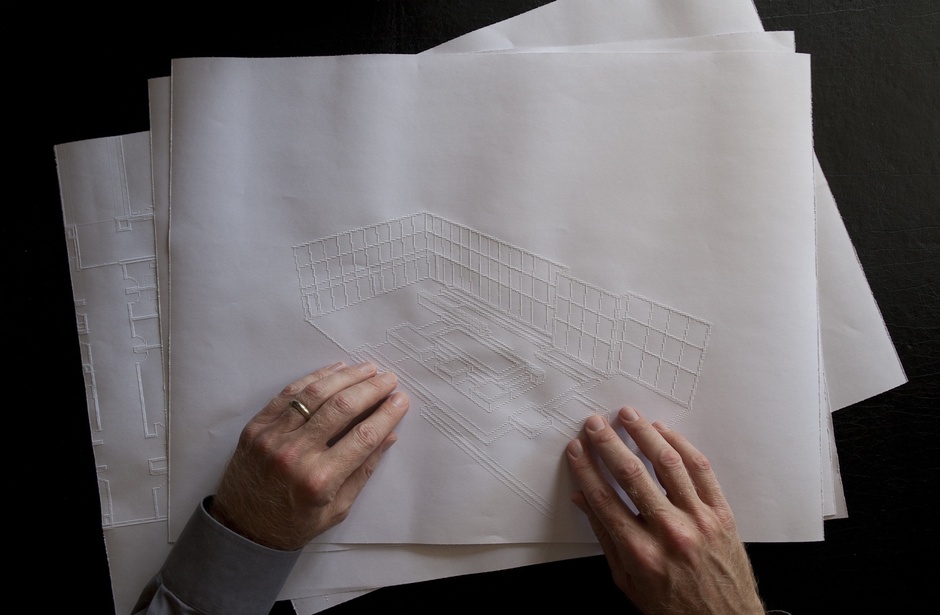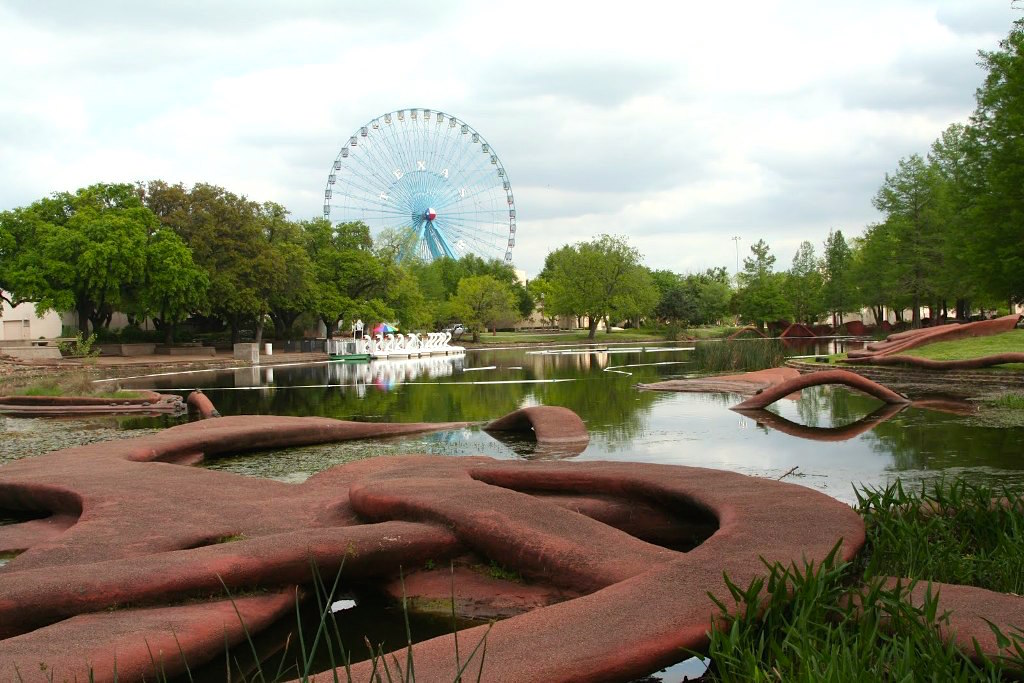From bunkers below Berlin to malls under Montreal, here are the strangest and most eye-opening cities built beneath the earth.





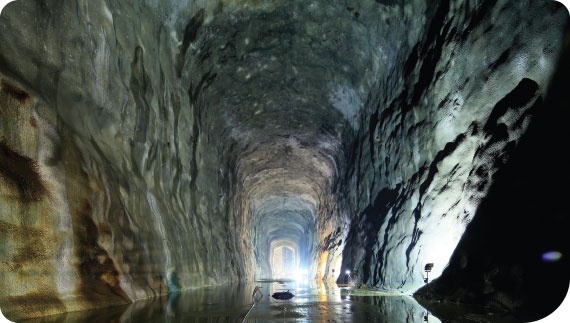

To escape the chill of the -25 degree winter, Montrealers descend into La Ville Souterraine, where there are banks, hotels, universities and art displays used by half a million people every day. Photograph: Philippe Renault/Alamy.
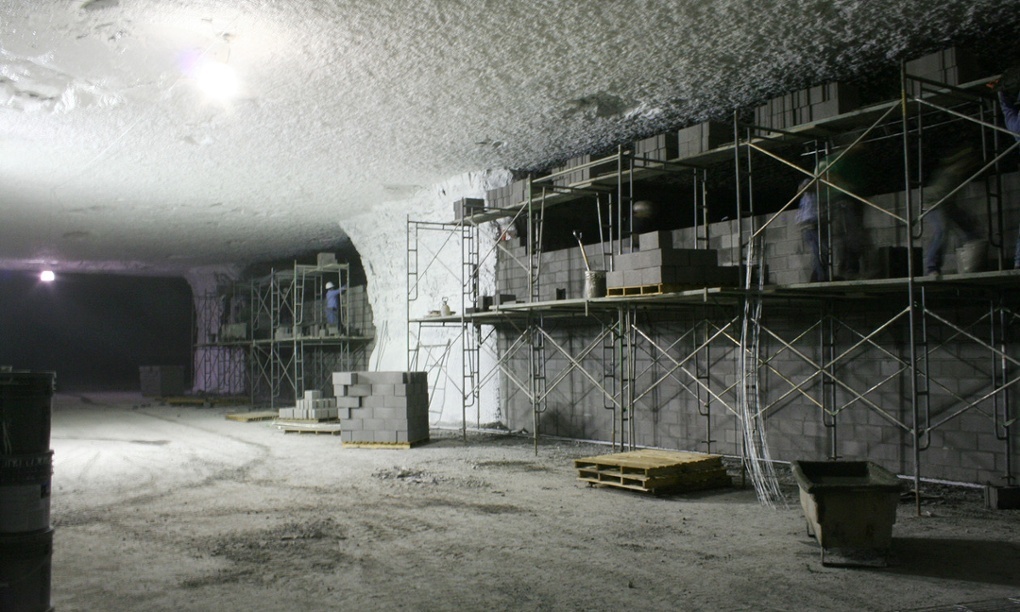
SubTropolis, Kansas City is a 1,100-acre underground storage facility said to be the world’s biggest. It maintains a temperature of 18-21 degrees year round, which is why the US Postal Service keeps its collectible stamp collection here. There are also plans to farms mushrooms and store crude oil.
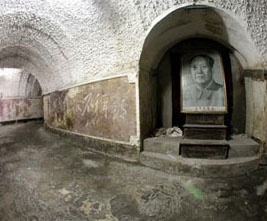


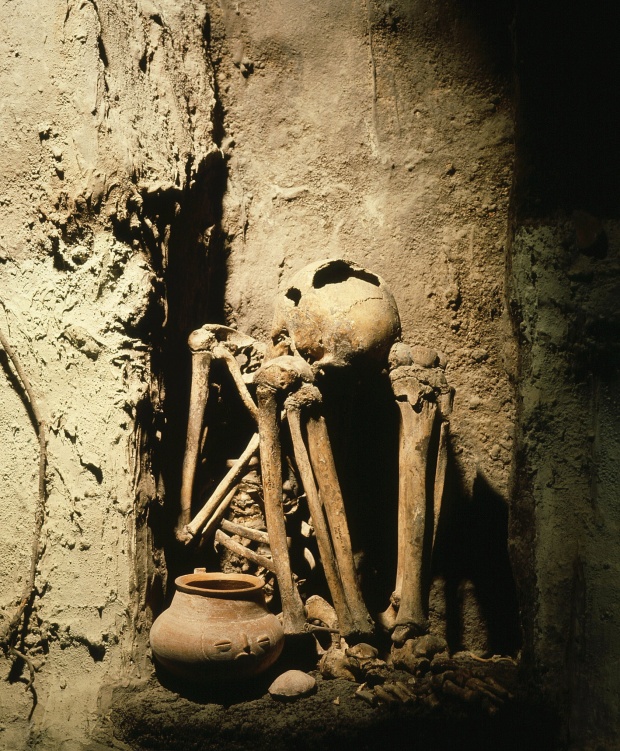
This feature originally appeared in The Guardian.









